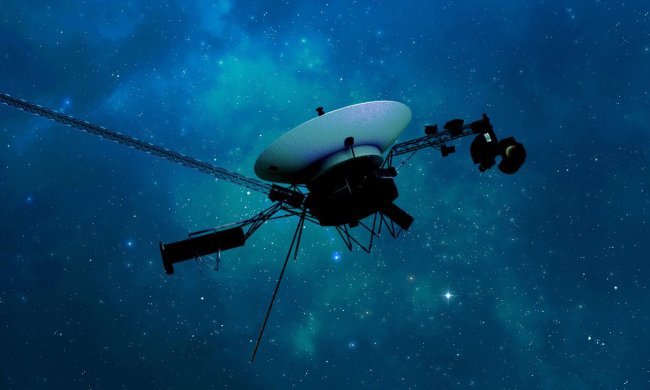The venerable Voyager spacecrafts are now nearly 50 years old, and having headed out beyond the orbit of Pluto and into interstellar space, the pair are the most distant man-made objects in the universe. But despite their incredible longevity and success, they are inevitably running low on power, so their operations have to be tweaked from the ground to enable them to run for as long as possible. Recently, NASA announced that it is turning off another of Voyager 2’s science instruments to help maintain power for longer.
The command was sent to turn off Voyager 2’s plasma science instrument on September 26, but the spacecraft is now so far away that it took 19 hours for the signal to leave Earth and arrive at Voyager, and a further 19 hours for the confirmation signal to arrive back at Earth. The operation went smoothly, according to NASA.
“Mission engineers always carefully monitor changes being made to the 47-year-old spacecraft’s operations to ensure they don’t generate any unwanted secondary effects,” NASA’s Jet Propulsion Laboratory wrote in an update. “The team has confirmed that the switch-off command was executed without incident and the probe is operating normally.”
Several of Voyager 2’s instruments have already been turned off, including those turned off after the Voyager pair completed their original mission to explore the outer planets of the solar system in the 1980s. As the spacecraft headed into interstellar space, these instruments were no longer necessary, but the plasma instrument remained on and was important for the study of the boundary between the heliosphere, which is the outer edge of space influenced by the sun, and interstellar space, which is the space between stars. One important discovery made using this instrument is that there is a distinct boundary beyond which stellar winds from the sun do not flow.
And while the space between stars is largely empty, it is not completely devoid of material or interest. In 2021, the other Voyager 1 probe was able to detect the background “hum” of interstellar gas, with small amounts of hydrogen and helium forming a kind of gentle background rain.
Although Voyager 2 will now no longer be able to use its plasma science instrument, it does still have four other science instruments operational, including those for studying magnetic fields and cosmic rays. And it isn’t goodbye for the mission yet, as NASA estimates that the spacecraft has enough power to continue exploring interstellar space with at least one instrument into the 2030s.




